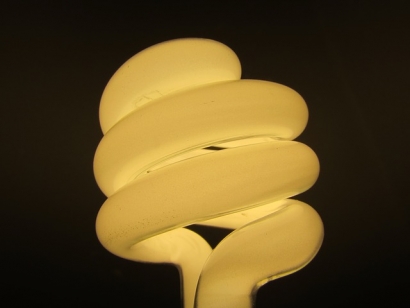
The report, by the nonprofit American Council for an Energy-Efficient Economy, offers a road map for dramatically reducing energy waste. It identifies measures that would avert emissions of nearly 2,500 million metric tons of heat-trapping carbon dioxide — equivalent to all emissions from cars, trucks, homes, and commercial buildings in 2050.
“Energy efficiency is an urgently needed climate solution,” said ACEEE executive director Steven Nadel, a report co-author. “It can deliver swift, robust emissions cuts. We cannot wait to take action. We already see the effects of intensifying climate change and the resulting increase in extreme weather events — from respiratory and other health problems to flooding, drought, heat waves, and wildfires.”
To avoid a climate change catastrophe, long-term strategies have called for reducing total US greenhouse gas emissions by 80–100 percent by 2050. Prior studies, including by the International Energy Agency (IEA) and the Natural Resources Defense Council (NRDC) found that efficiency measures can produce nearly half of these reductions.
The ACEEE report, Halfway There: Energy Efficiency Can Cut Energy Use and Greenhouse Gas Emissions in Half by 2050, builds on this work by identifying 11 opportunities and related policies to achieve the necessary savings. Transportation, which will see a transition to electric vehicles, would deliver nearly half (46 percent) of the emissions reductions while buildings would deliver a third and industry a fifth. For energy savings, buildings would deliver 40 percent of the total, followed by transportation (32 percent) and industry (27 percent).
The major opportunities include:
According to the report government policies and programs alone would deliver about $700 billion a year in energy savings by 2050. Plus, the authors note, such investment could create more jobs, boost grid resilience, reduce air pollution, and improve people’s health.


